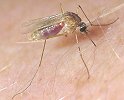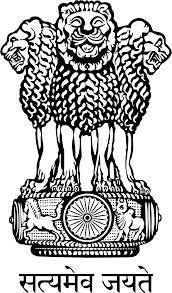FILARIA VECTORS
Back
C.quinquefasciatus is the vector of W.bancrofti in the mainland. C.quinquefasciatus breeds in association with human habitations and is the domestic pest mosquitoes, preferring polluted waters, such as sewage and sullage water collections including cess pools, cess pits, drains and septic tanks. In the absence of such type of water collections, they can breed in comparatively clean water collections also.
The eggs are laid in rafts containing 150-40 eggs each depending on quality and quantity of blood meal taken. At the optimum temperature of 250C to 300C, the eggs hatch within 24 to 48 hours. The youngest stage is the first instar larva which moults to subsequent instars each within 24-48 hours at optimum temperature. There are four instars in the larval stages, and all the instars are voracious eaters, taking anything and everything of microscopic size into the buccal cavity by instant vibration of its feeding brushes. They are mainly bottom feeders but may feed from the surface also.
The IV instar at the end of its stage gives rise to a comma shaped pupa, which lasts upto 24-48 hours at optimal condition. Pupae do not feed but are very active, respiring through its pair of breathing trumpets. The pupa emerges into an adult mosquito, through a longitudinal slit formed between the two trumpets. The entire cycle from egg to emergence of adult is completed in 10-14 days.

























